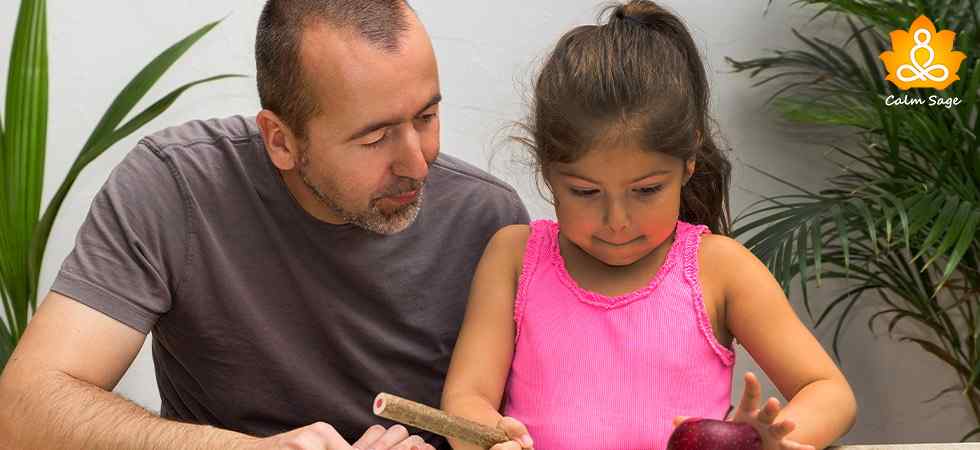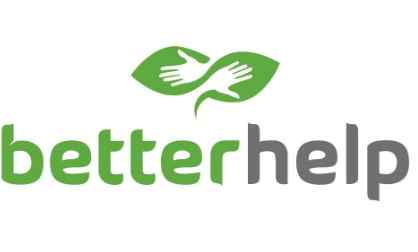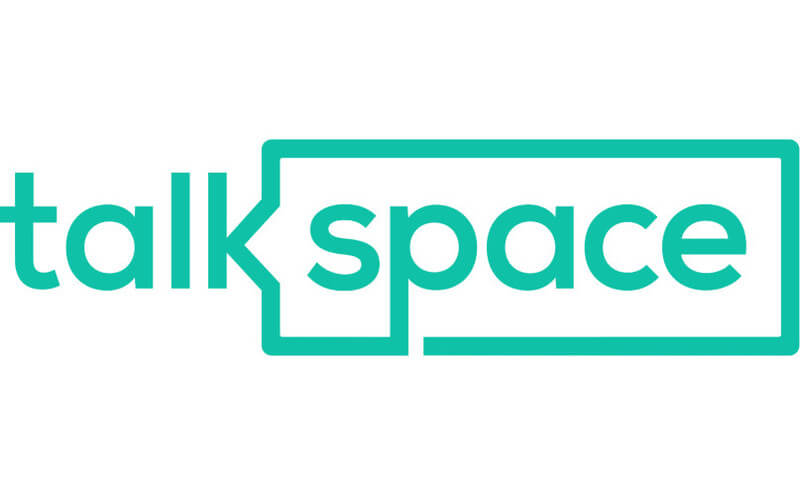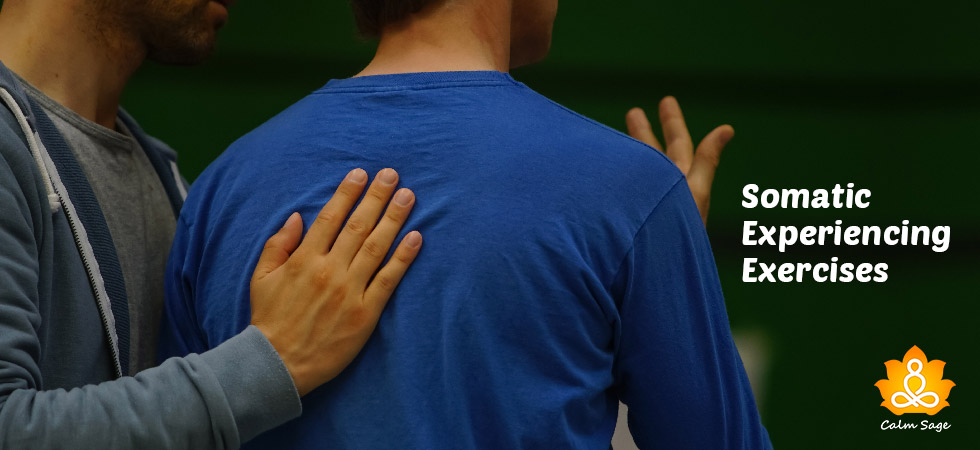Mini-Guide: What Is Parent-Child Interaction Therapy (PCIT)?

As a parent, we have to go through tantrums, aggressiveness, acting out, and other disruptive behaviors of our children. No matter how hard we try to keep our zen intact, such tantrums disrupt the overall quality of life. As a result, bonding with our children weakens.
If you’re a parent or caregiver of a child with disruptive behaviors, you must read about parent-child interaction therapy (PCIT). In this blog, I have covered everything you need to know about parent-child interaction therapy. So, let’s get started!
What is Parent-Child Interaction Therapy?

Parent-child interaction therapy (PCIT) is an evidence-based therapy that helps parents learn how to work positively with children and work on disruptive behaviors. PCIT is basically a therapeutic approach to understanding the core needs and emotions of children to set healthy boundaries and teach positive behaviors to our children. The main goal of PCIT is to develop positive connections between parent and child by using appropriate disciplinary skills that focus on positive reinforcements.
During PCIT sessions, parents are “coached” by the therapist to make interactive sessions with the children. The entire sessions of PCIT are based on learning and practicing skills on a real-time basis. This approach helps in enhancing parent-child bonding.
How Parent-Child Interaction Therapy Works?
There are generally different techniques used in parent-child interaction therapy, during a PCIT session, a therapist first observes behaviors and interactions between child and parent so that they can work on providing coaching accordingly. Generally, there can be two ways to achieve the goals set during PCIT sessions:
- Parent-led phase
- Child-led phase
Parent-led phase
During the parent-led phase, the parent or caregiver is asked to positively respond to the child’s behaviors and activities. Whenever the child shows unwanted behavior, the parent is asked to calmly correct or redirect the child’s behavior.
In this way, the parents learn to offer directions and consequences for their actions. During the coaching sessions, parents are encouraged to establish calmness and neutral tone while guiding their children. This allows children to learn consequences and choose between the right and wrong.
Child-led phase
During child-led phase sessions, the parents are asked to follow the child’s lead during playing or while interacting. In this way, the child is asked to decide the activities they wish to engage in and parents are asked to engage positively with children without directing them. In cases of aggressiveness, the parents are asked to take the lead. In usual cases, the child takes the lead, and interaction between parent-child is observed closely.
Techniques Used in Parent-Child Interaction Therapy
During parent-child interaction therapy, children and parents are asked to play in a room wherein the therapist quietly observes and coaches’ children or parents through the one-way mirror. The therapist works on communicating different strategies and techniques useful for guiding or training parents or children.
During the sessions, the parents are asked to not use any kind of negative language or behavior that can ruin the environment. Instead, the parents are asked to show enthusiasm and motivation for positive behaviors. Below listed are some techniques which are used to produce positive outcomes in children:
- Reducing the frequency of tantrums
- Reducing feelings of insecurity, attachment issues, or safety issues
- Increasing attention-span
- Enhancing self-esteem
- Working on the intensity of aggressive behavior
- Reducing the frequency of defiant and destructive behavior
Below listed are some techniques that are used to produce positive outcomes in parents:
- Increasing calmness and confidence
- Teaching positive disciplinary skills
- Reducing depression, anxiety, and stress
- Reducing frustration
- Enhancing family interactions and familial love
Uses of Parent-Child Interaction Therapy

Parent-child interaction therapy is a newly evolved, well-studied, and widely accepted therapeutic method for treating disruptive behaviors in children. This therapy can be really helpful for various mental health issues commonly seen in children such as conduct disorder, oppositional defiant disorder, autism spectrum disorder, and others. Moreover, this therapy can also help with behavioral and emotional regulation for mental health disorders such as attention deficit hyperactivity disorder (ADHD), depression, and anxiety in children.
Not only this, but it can also help in resolving disruptive or aggressive behaviors, early detection and intervention can help parents avoid such concerning behaviors. With the help of parent-child interaction therapy, you can help your children avoid disrupting behaviors such as physical or verbal aggression, whining, non-compliance, hyperactivity, and perfectionism.
Effectiveness of Parent-Child Interaction Therapy
A lot of parents asked, is parent-child interaction therapy effective? In order to answer this question, I did some research and I successfully found some effective studies and research that prove the efficacy of parent-child interaction therapy. Some parents reviewed this therapy as effective as the sessions showed positive impacts on the child’s behavior.
Parents who attended all sessions of PCIT were able to establish the biggest, positive, and impactful changes in children’s behavior. Additionally, they also mentioned how positively the relationship between parents and children changed during and after the sessions. Research shows that home practice can help in providing great results.
Quick Takeaway: Finding a Parent-Child Interaction Therapist
If you’re a parent or caregiver, looking forward to PCIT, know that you can also try this therapy at home. You can begin learning PCIT by completing weekly assignments and a few therapy sessions. research shows that home practice can help in providing great results. You can easily connect with therapists who provide PCIT therapy. In order to find a PCIT therapist, always look for therapists who have special certifications and training related to parent-child interaction.
You can easily find a PCIT therapist through a referral, a specific site, or by using a therapy-finding tool nearby. If you want help or guidance through online mental health platforms, you can click on the below-mentioned link:

Great for a large network of licensed therapists
-
$60 to $90/week, billed every 4 weeks
-
Therapy via messaging, phone, or live video chat
-
Flexible cancellation at any time
20% off your first month

Great for CBT Based therapists
-
$40/week, billed every 4 weeks
-
Therapy via messaging, phone, or live video chat
-
Specialization for CBT based Therapy
20% off your first month

Best for Treatment Plants
-
$60 to $90/week, billed every 4 weeks
-
Therapy via messaging, phone, or live video chat
-
Flexible cancellation at any time
$100 off your first month with code SPACE
Parent-child interaction therapy can be a great option for resolving disruptive behavior issues in children. If you’re looking for other options, you can also look for other child counseling techniques that involve talk therapy. Talk therapy can help your child learn healthy strategies and encourage positive behavior in the child.
I hope this blog helps you understand parent-child interaction therapy. Comment down and share your views on the same or you can also write to us at Calm Sage.
For more such content, connect with us through all social media platforms.
Thanks for reading!




















